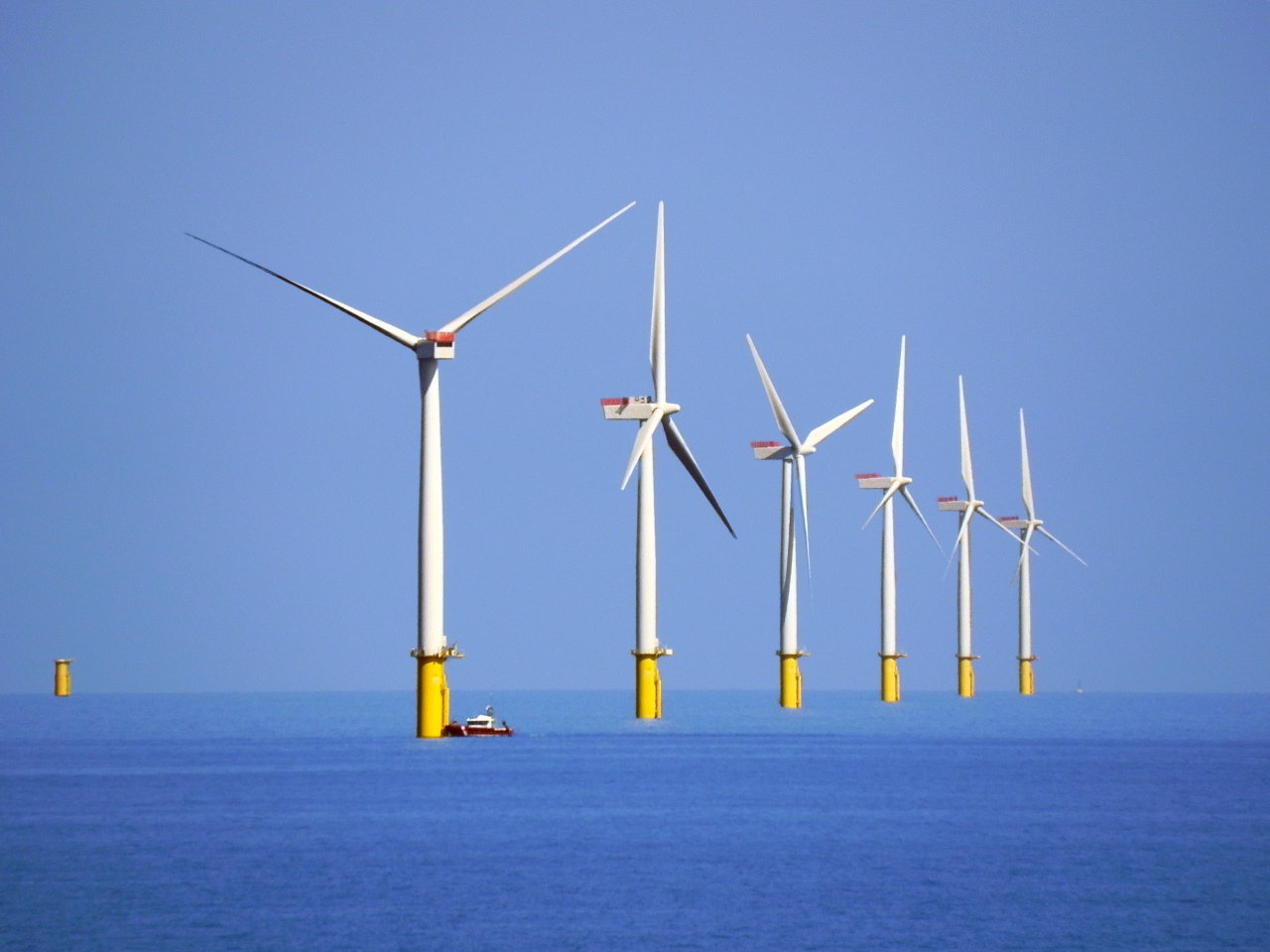Have a story idea
Have a story idea? Send it to us here.

Source : Wikimedia
June 5, 2025
Author : Patty Allen
Following recent federal legislative developments that ended long-standing obstacles, two significant energy infrastructure projects in New York - one for renewable energy and one for fossil fuels, are now proceeding forward.
A stop-work order on Equinor’s Empire Wind 1 offshore project, a massive wind farm off the Long Island coast, was removed by federal authorities on May 19.
Equinor, the international energy company based out of Norway, says the project is back on track to provide its first power in 2026 after reconstruction has resumed.
The 810 MW Empire Wind 1 plant is a component of New York’s larger initiative to lead the offshore wind and renewable energy sectors. It will connect to a substation at the South Brooklyn Marine Terminal and is situated roughly 15 to 30 miles south of Long Island. The project became unclear due to delays caused by rising expenses and contract renegotiations with the New York State Energy Research and Development Authority (NYSERDA).
The current federal approval permits the resumption of all construction activities, including the installation of turbines and undersea cabling. It is anticipated that the project will provide hundreds of union construction jobs and power more than 500,000 homes.
Previously, the Biden administration’s $1 billion investment in offshore wind ports supported the project, as the administration sought to deploy wind energy on the East Coast. Offshore wind has been promoted in recent years, such as a $19 million wind port development in New York City, helping make the South Brooklyn Marine Terminal into a regional center for offshore wind manufacturing and logistics.
In order to gain the new Trump administration's support for the project, a compromise was reached where a natural gas project put on hold is being resurrected by the Trump administration. Driven by fresh legal momentum and changing energy demands, the Constitution Pipeline, which was first proposed in 2013 and rejected in 2016 owing to environmental regulatory concerns, is once again being considered.
To supply high-demand areas in the downstate, the 125-mile pipeline would transport Marcellus Shale gas from Pennsylvania into New York. Environmental activists continue to voice their opposition to the project, pointing out issues with land use, water quality, and reliance on fossil fuels.
Although no formal construction schedule has been disclosed, insiders say that stakeholders and regulators are now having active conversations. Major opportunities for contractors in fields ranging from pipeline construction and environmental remediation to maritime engineering and wind turbine installation are created by the reopening of both projects.
Contractors will be essential in providing both state-of-the-art clean energy infrastructure and modifications to aging systems as New York navigates its energy destiny.
Category : Federal Government Green Construction Market Watch State Government
